MAOIs and OTC Cold Medicines: Hypertensive Crisis & Serotonin Syndrome Risks
Imagine catching a cold while you’re on a medication that literally blocks your body’s ability to break down certain chemicals. One wrong over‑the‑counter pill, and you could be staring at a blood pressure reading higher than a racing car’s tachometer, or trembling with a feverish, confused state known as serotonin syndrome. That’s the reality for anyone taking Monoamine oxidase inhibitors (MAOIs), a potent class of antidepressants that has been saving lives since the 1950s but comes with a notorious interaction list.
Key Takeaways
- MAOIs block the breakdown of tyramine and catecholamines, making sympathomimetic cold ingredients (pseudoephedrine, phenylephrine) a trigger for hypertensive crisis.
- Serotonergic cough suppressants such as dextromethorphan can push serotonin levels into dangerous territory, especially when paired with irreversible MAOIs.
- Common multi‑symptom cold formulas often hide one or more prohibited ingredients-78% of OTC cold products contain at least one.
- Safe alternatives include single‑ingredient acetaminophen for pain/fever and guaifenesin for cough; always check the label.
- A written patient‑education checklist and a wallet card listing forbidden OTC drugs dramatically reduce emergency visits.
How MAOIs Work - The Double‑Edged Sword
MAOIs inhibit the enzyme monoamine oxidase, which normally breaks down neurotransmitters such as norepinephrine, dopamine, and serotonin. By slowing that breakdown, they boost mood‑regulating chemicals in the brain, proving especially effective for treatment‑resistant or atypical depression. The flip side is that any drug or food that raises these same chemicals can’t be cleared as efficiently, leading to spikes that the body struggles to control.
Sympathomimetic Cold Ingredients and Hypertensive Crisis
Many over‑the‑counter decongestants are pseudoephedrine or phenylephrine. Both act like the body’s own norepinephrine, tightening blood vessels to clear a stuffy nose. In a person taking an MAOI, the extra norepinephrine can’t be metabolized, pushing blood pressure sky‑high. Reported cases show systolic numbers above 220 mmHg and diastolic readings over 110 mmHg-values that warrant immediate emergency care.
Research from the University of Texas Southwestern (JAMA Psychiatry, 2023) demonstrated that even a single 30 mg dose of pseudoephedrine raised blood pressure on average by 42/28 mmHg in patients on phenelzine. The FDA’s 1976 expert panel warned specifically against oral nasal decongestants for MAOI users, a caution that still appears on every MAOI’s black‑box warning.
Serotonergic Cough Suppressants and Serotonin Syndrome
The cough suppressant dextromethorphan works by inhibiting NMDA receptors, but it also has modest serotonin‑reuptake inhibition. Pair that with an irreversible MAOI, which already raises serotonin levels, and you risk a cascade of symptoms: agitation, hyperreflexia, clonus, fever, and in severe cases, seizures or coma. The National Center for Biotechnology Information (StatPearls, 2023) calls this combination “the most toxic” for serotonin syndrome.
Although rare, the FDA’s Adverse Event Reporting System logged 127 hypertensive crises linked to MAOI‑OTC combos between 2018‑2022, while serotonin‑syndrome reports, though fewer, had a higher mortality rate when missed early.
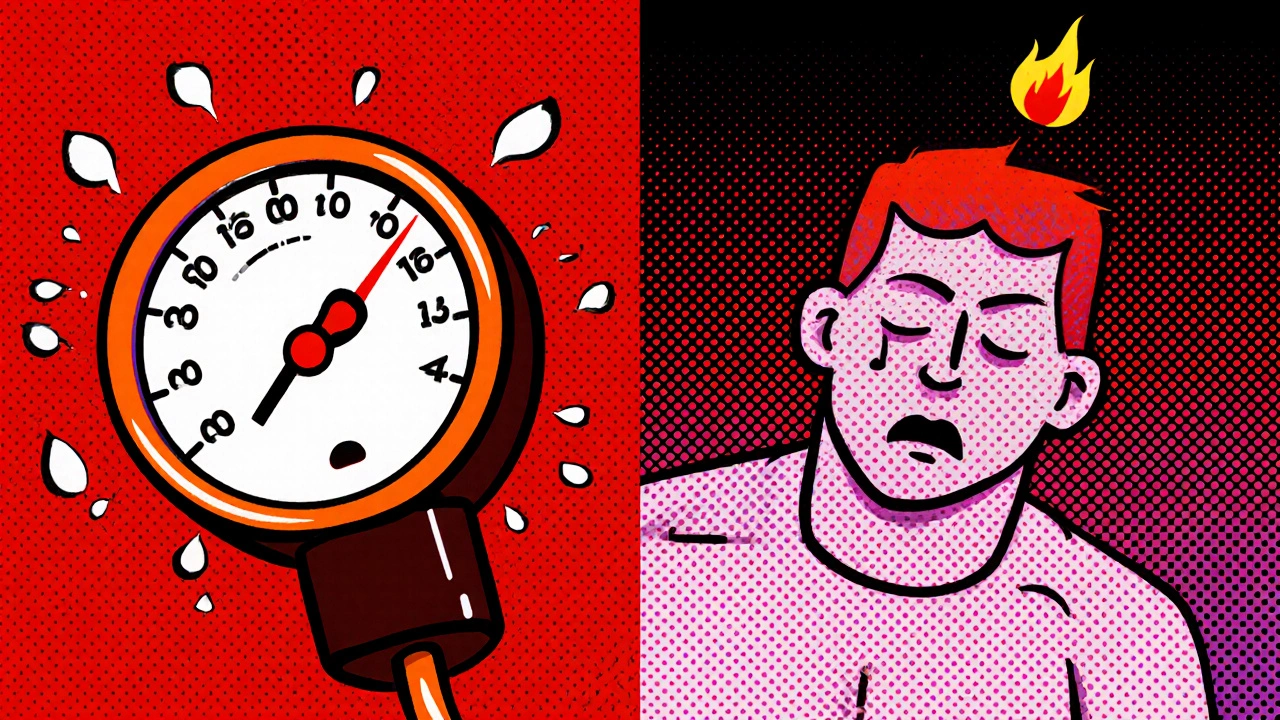
What About Specific MAOI Formulations?
Not all MAOIs are created equal. The classic oral agents-phenelzine, tranylcypromine, and isocarboxazid-are irreversible and require strict dietary and drug restrictions for the full dose. The transdermal selegiline patch (Emsam) at low doses (≤6 mg/24 h) relaxes the tyramine restriction, yet the interaction warnings with sympathomimetics and serotonergic agents stay intact.
Clinicians report that the selegiline patch accounts for about two‑thirds of all MAOI prescriptions in 2022, largely because patients prefer the skin‑applied route and the perceived fewer dietary issues. Nevertheless, the patch still blocks MAO‑A, so the same cautions around pseudoephedrine and dextromethorphan apply.
Real‑World Cases: Why the Warning Matters
In May 2023, a Reddit user posted that taking Sudafed (pseudoephedrine) with Parnate (tranylcypromine) caused a hypertensive emergency with a blood pressure of 228/115 mmHg, requiring an ER visit. Another forum thread from Psych Forums (2022) described a patient who felt a pounding headache, neck stiffness, and sweating after a single dose of DayQuil (which contains phenylephrine) while on Nardil. Though the patient survived, the episode highlighted how quickly symptoms can develop.
Conversely, patients who received a printed “MAOI OTC cheat sheet” from their psychiatrist reported zero adverse events over five years, according to a 2023 PatientsLikeMe survey. The takeaway? Education beats luck every time.
Safe OTC Alternatives - What You Can Actually Take
When you’re on an MAOI, stick to single‑ingredient products that lack sympathomimetic or serotonergic activity. Here are the safest bets:
- Acetaminophen (Tylenol) - handles fever and mild pain without affecting norepinephrine or serotonin.
- Guaifenesin (Mucinex) - an expectorant for cough, no known interaction.
- Saline nasal spray - mechanically clears congestion, zero pharmacologic effect.
- Honey and warm tea - soothing for sore throat, completely drug‑free.
Always read the “active ingredients” box. If you see pseudoephedrine, phenylephrine, phenylpropanolamine, ephedrine, or dextromethorphan, put the medication back.

Patient‑Education Checklist
- Carry a wallet card that lists all prohibited OTC ingredients.
- Ask the pharmacist to confirm any new product before purchase.
- Prefer single‑ingredient formulations for each symptom.
- Track blood pressure at home if you inadvertently take a sympathomimetic.
- Know the early signs of serotonin syndrome: agitation, rapid heartbeat, sweating, tremor.
- If symptoms appear, seek emergency care immediately.
Comparison Table: Forbidden vs Safe OTC Ingredients
| Category | Forbidden Ingredients (MAOI) | Safe Alternatives |
|---|---|---|
| Decongestant | Pseudoephedrine, Phenylephrine, Ephedrine, Phenylpropanolamine | Saline nasal spray, Humidifier, Steam inhalation |
| Cough Suppressant | Dextromethorphan, Codeine (opioid risk) | Guaifenesin, Honey‑lemon tea, Warm water |
| Pain/ Fever Reliever | Ibuprofen (can increase blood pressure), Naproxen | Acetaminophen (Tylenol) |
| Multi‑Symptom Cold Formulas | Any product containing >1 forbidden ingredient (e.g., DayQuil, NyQuil) | Separate single‑ingredient products as listed above |
Quick Reference: When to Seek Help
If you notice any of the following after taking an OTC product, call emergency services (999 in the UK) right away:
- Sudden headache, visual changes, or facial flushing.
- Blood pressure >180/110 mmHg (if you can measure it).
- Rapid heartbeat >120 bpm, chest pain, or shortness of breath.
- Severe tremor, muscle rigidity, or clonus (muscle twitching).
- Confusion, agitation, high fever (>38.5 °C).
Frequently Asked Questions
Can I take a regular cold pill if I’m on an MAOI?
Only if the pill is free of pseudoephedrine, phenylephrine, and dextromethorphan. Most multi‑symptom products contain at least one of these, so choose single‑ingredient acetaminophen for pain/fever and guaifenesin for cough instead.
Why does pseudoephedrine cause a hypertensive crisis with MAOIs?
Pseudoephedrine mimics norepinephrine. MAOIs block the enzyme that would normally break down the excess norepinephrine, so levels rise dramatically, tightening blood vessels and spiking blood pressure.
Is the risk the same with the selegiline patch?
At low doses, the patch relaxes dietary tyramine restrictions, but it still inhibits MAO‑A. The interaction with sympathomimetic or serotonergic OTC drugs remains, so the same cautions apply.
What are the early signs of serotonin syndrome?
Look for agitation, sweating, rapid heartbeat, tremor, and mild fever. If symptoms progress to muscle rigidity or confusion, seek emergency care immediately.
How long should I wait after stopping an MAOI before using a decongestant?
For irreversible MAOIs, a washout period of at least 14 days is recommended before starting any sympathomimetic or serotonergic drug, per APA 2020 guidelines.
Bottom line: MAOIs are powerful tools for stubborn depression, but they demand vigilance when you reach for that cold‑and‑flu aisle. By knowing which ingredients are off‑limits, using safe single‑ingredient alternatives, and keeping a cheat‑sheet in your pocket, you can treat a sniffle without putting your life at risk.
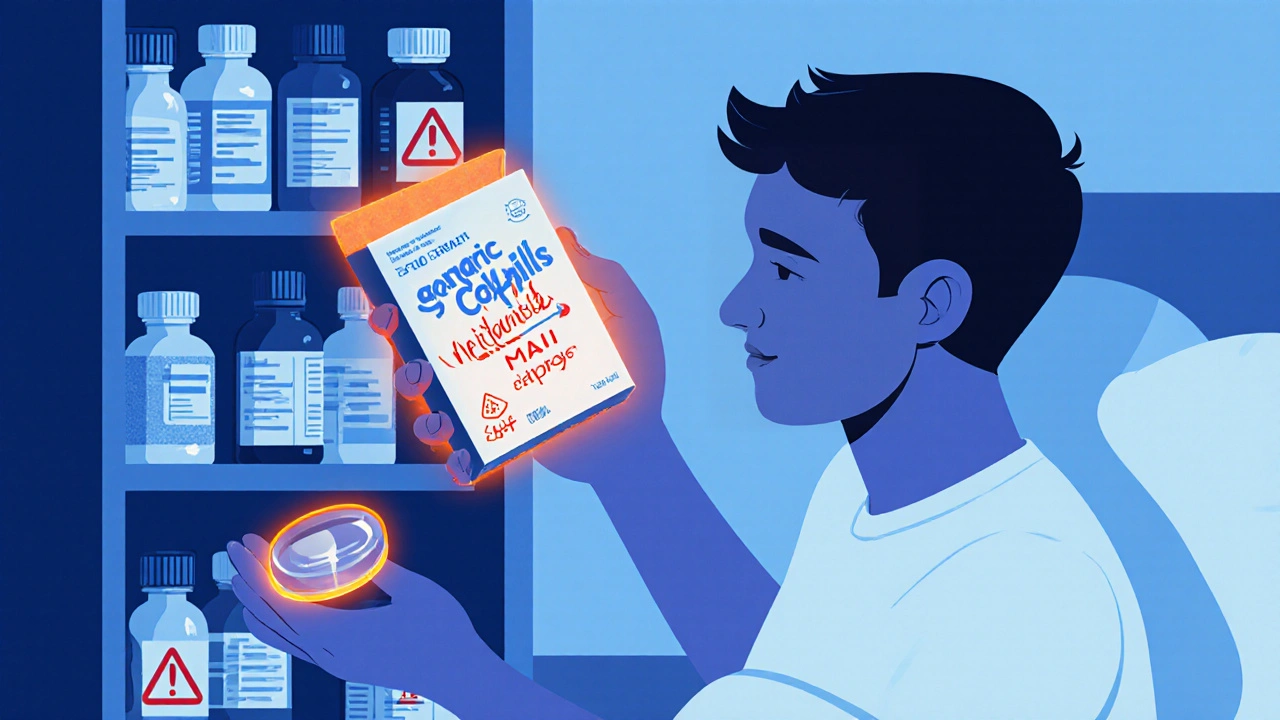
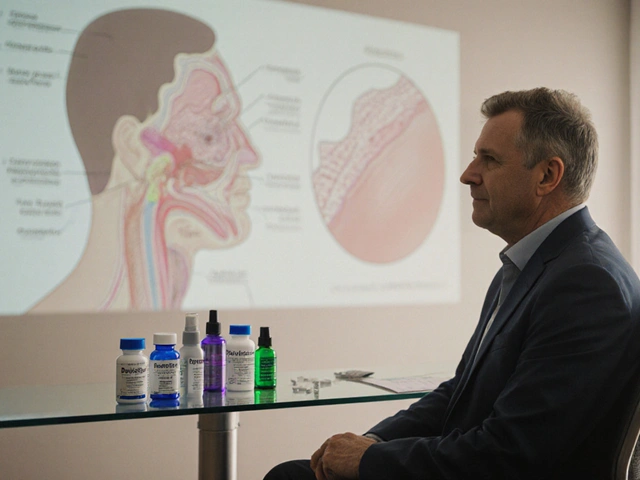
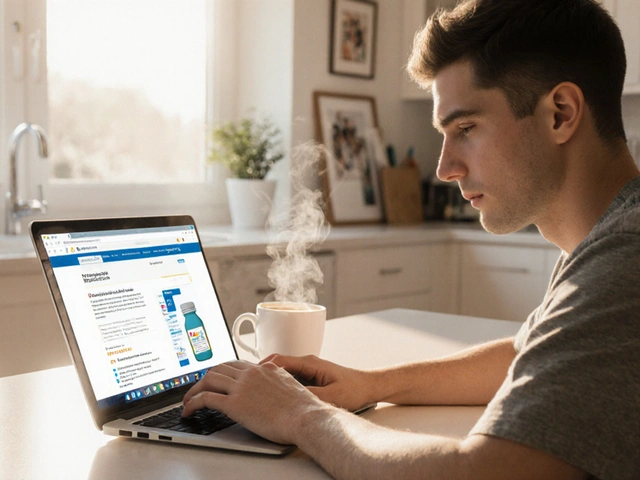
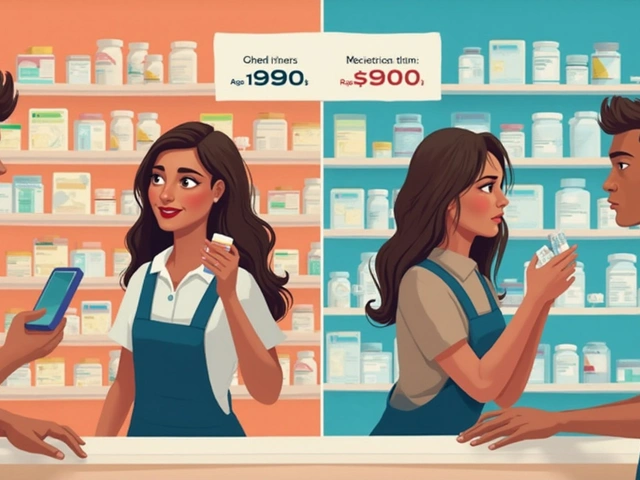
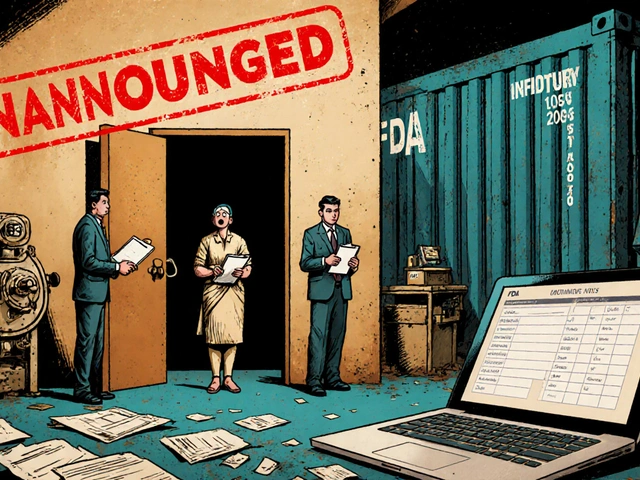
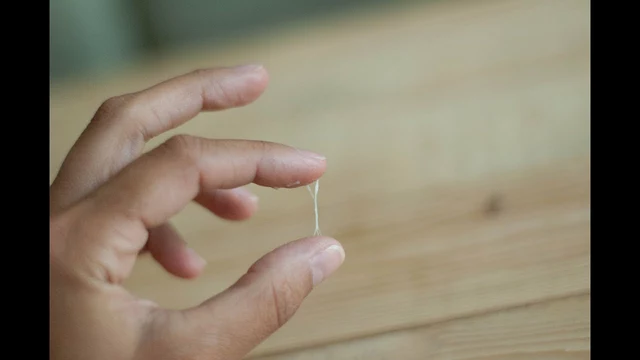
7 Comments
Miracle Zona Ikhlas
October 26 2025If you’re on an MAOI, keep a cheat‑sheet in your wallet and double‑check every OTC label. A single‑ingredient acetaminophen or saline spray usually does the trick.
naoki doe
November 1 2025Skipping the label just to grab a cold pill is a gamble you can’t afford when you’re on a monoamine oxidase inhibitor.
Carolyn Cameron
November 7 2025Monoamine oxidase inhibitors, first introduced in the 1950s, represent a cornerstone in the management of treatment‑resistant depression.
Their mechanistic advantage lies in the irreversible inhibition of the MAO enzyme, thereby augmenting central concentrations of norepinephrine, serotonin, and dopamine.
However, this pharmacodynamic benefit is counterbalanced by a markedly reduced capacity to metabolize exogenous catecholamines and serotonergic agents.
Consequently, substances that act as sympathomimetics, such as pseudoephedrine and phenylephrine, may precipitate hypertensive crises of alarming magnitude.
Empirical data from a 2023 JAMA Psychiatry cohort demonstrated an average systolic increase of 42 mmHg following a standard 30‑mg dose of pseudoephedrine in patients maintained on phenelzine.
Similarly, dextromethorphan, though primarily an antitussive, exerts modest serotonin‑reuptake inhibition, rendering it a perilous adjunct when combined with irreversible MAOIs.
The National Center for Biotechnology Information categorizes the MAOI‑dextromethorphan pairing as the most toxic constellation for serotonin syndrome.
Serotonin syndrome, characterized by autonomic instability, neuromuscular hyperactivity, and altered mental status, carries a mortality risk that escalates sharply if not recognized promptly.
Regulatory agencies, including the FDA, have maintained black‑box warnings against the concomitant use of sympathomimetic decongestants and serotonergic cough suppressants in this population.
Pragmatically, clinicians advise the exclusive use of single‑ingredient formulations-acetaminophen for analgesia and guaifenesin for productive cough-to obviate inadvertent exposure.
Patients equipped with a pocket‑card enumerating prohibited OTC constituents demonstrate a statistically significant reduction in emergency department visits.
Moreover, a washout period of at least fourteen days is recommended after discontinuation of irreversible MAOIs prior to initiating any sympathomimetic or serotonergic medication.
The transdermal selegiline patch, while attenuating dietary tyramine restrictions at low doses, still necessitates vigilance concerning OTC interactions due to its selective MAO‑A inhibition.
In clinical practice, regular blood pressure monitoring and patient education constitute the dual pillars of risk mitigation.
Ultimately, the therapeutic potency of MAOIs justifies their continued use, provided that both prescribers and patients adhere to meticulous pharmacovigilance.
sarah basarya
November 13 2025Whoa, that was a novel‑length lecture! You could’ve fit that into a university lecture hall-thanks for the PhD in OTC safety!
Samantha Taylor
November 19 2025If you missed the bullet‑points, let me reiterate: avoid pseudoephedrine, phenylephrine, and dextromethorphan, or enjoy a front‑row seat to a hypertensive emergency.
Joe Langner
November 25 2025Totally agree-keep that cheat‑sheet on ya, and if you ever have a doubt, just ask the pharmacist, they’re the real MVPs!
Ben Dover
December 1 2025Statistical analysis reveals a disproportionate incidence of adverse events among patients self‑medicating with multi‑symptom cold preparations while on irreversible MAOIs.